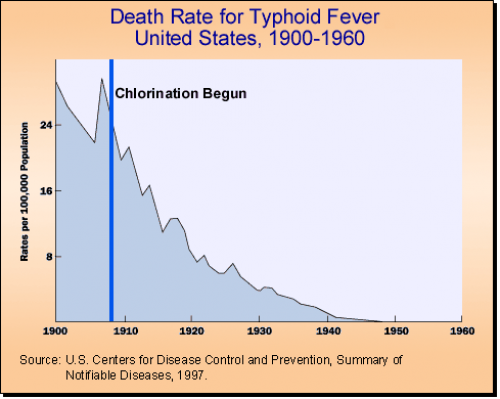The connection between drinking water sanitation and health has been known for thousands of years. The problem was that thousands of years ago, we didn’t understand the underlying science behind the causation between unsanitary drinking water and illness. Here are some key dates and discoveries that led up to our current drinking water treatment and regulations:
- 2000 BC: People used sunlight, charcoal, heat, and copper to sanitize their drinking water and stored it in containers.
- 1746: The first patent for a water filter was issued in France, consisting of wool, sponges, and charcoal.
- 1854: A cholera epidemic broke out in London, killing thousands of people, and the English doctor, John Snow, traced the cause of the outbreak back to a contaminated water pump.
- 1900: Scientists discovered the effectiveness of disinfectants, such as chlorine, in sterilizing drinking water, and the application was adopted by water treatment companies shortly thereafter.
- 1974: The Safe Drinking Water Act became US federal law, mandating the EPA as the governing body for drinking water standards and their enforcement.
- 1996: The Safe Drinking Water Act was amended to include mandates on groundwater sources, such as reservoirs, lakes, and streams.
Presently, society has developed to treat water and wastewater with sophisticated and efficient systems, designs, and infrastructure. The advancements to make water reuse and the toilet-to-tap concepts come to fruition are in their early stages, an exciting venture for scientists, engineers, environmentalists, and all others involved. We have come a long way from simply dipping copper in a bucket of swamp water to sterilize it.
